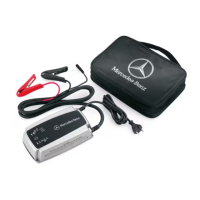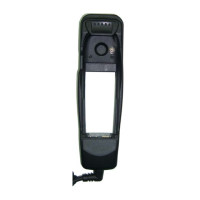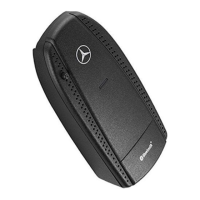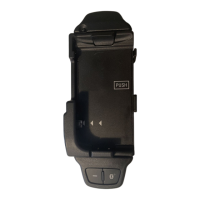CPM-QE/ RCM
HARMAN BECKER AUTOMOTIVE SYSTEMS GMBH 2018-05-30 16:03:00
CONFIDENTIAL / ALL RIGHTS RESERVED Regulatory Compliance Management
Manual Hermes page 7 of 18
3.1.2 Hermes Block Diagram
The following diagram shows the HERMES unit. The main functionalities of this box are:
1) Providing Network access for different telematic services
2) Providing E-Call (Emergency Call), R-Call (Road Service Call), I-Call (Information Call)
The network access will be realised by connecting a headunit over USB, BT or WLAN to the HERMES
Pass4G unit. Regarding Bluetooth the unit only supports the Bluetooth DUN profile according IEEE
802.15. For WLAN connectivity it supports IEEE 802.11 a/b/g/n/ac. The HERMES unit can be
configured either to support BT or WLAN or USB. It is not possible to use BT and WLAN at the same
time. BT and WLAN are using the same pcb antenna. It is depending on the Daimler headunit how
the connection will be established (over BT, WLAN or USB).
The E/R/I-Call is implemented in that way that after pressing one of these buttons the HERMES unit
will dial a predefined number. These numbers are depending on the target markets.
Block diagram modules description:
• HUH: Head Unit High (main component of infotainment system)
• OHCM: Panel containing B/E/I-call buttons (for triggering a call) and corresponding LEDs (for
call indication)
• CPC/OBC/HVAC: Components of the vehicle’s air conditioning system
• DBE: Control panel to enter phone numbers
• EIS: Ignition state signalling
• IC: Instrument Cluster
• MFL: Control elements integrated into the steering wheel
• ORC: Airbag signalling
• ESP: Wheel pulse signalling
Interfacing of external components:
• HUH: WiFi connection for user data exchange (e.g. mobile internet)
• OHCM: Triggering and indication of E/R/I-call via discrete lines
• CPC/OBC/HVAC: Sending commands to vehicle’s air conditioning system via CAN
• DBE: Receiving phone number input (for user call) via CAN
• EIS: Signalling of vehicle’s ignition state via CAN
• IC: Displaying status messages (transmitted via CAN)
• MFL: Receiving control commands from MFL controls (e.g. hang-up call) via CAN
• ORC: Signalling of airbag activation via LIN or discrete line
• ESP: Receiving vehicle movement information (wheel pulse) via CAN (used for dead
reckoning)

